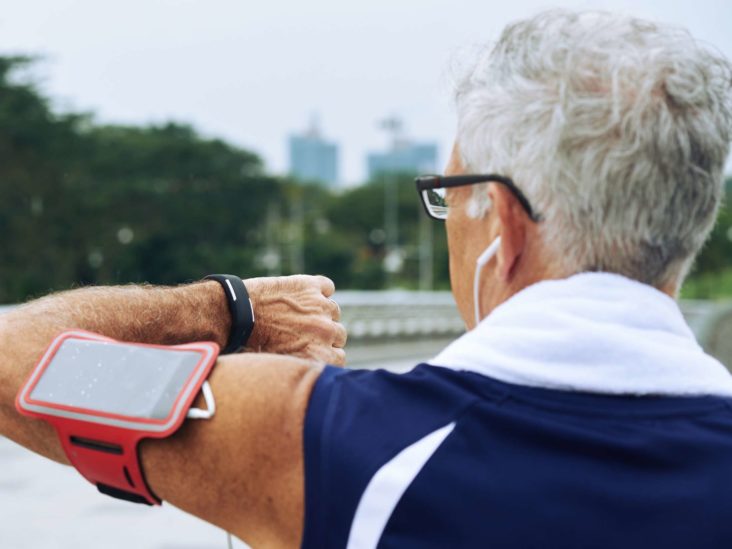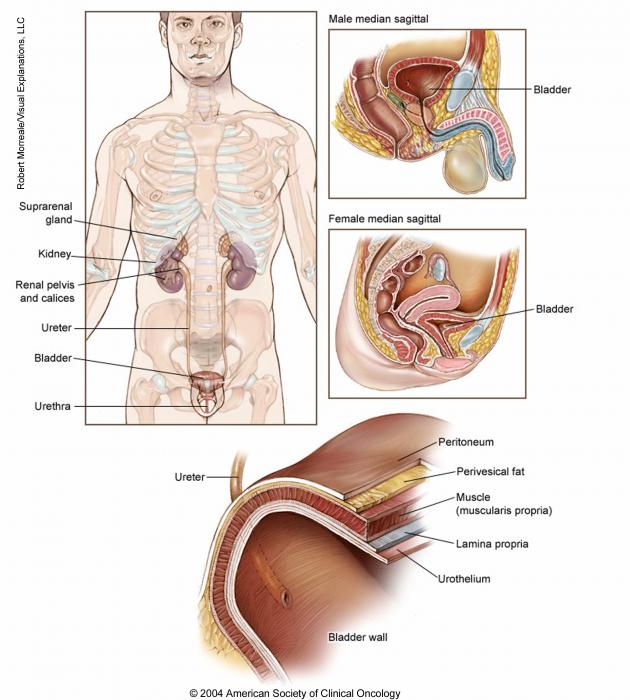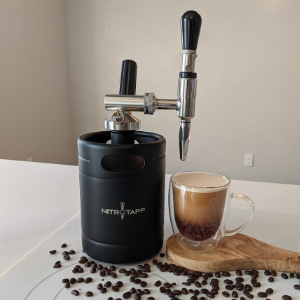
How many calories are you burning when running for an hour? Running uphill or outside burns more calories than running in place. But running at a fast pace also burns calories. What can you do to increase your burning rate? Here are some top tips for burning calories while running. Remember to bring your calculator on your run so you can calculate the calories you'll burn. Also, don't forget your patience.
Running uphill burns more calories than running downhill
Running uphill burns more calories that running downhill. This is due to the more powerful movements involved. Uphill running, unlike flat surfaces, requires more energy and makes your vastus muscles work harder. To keep sweat and hair from getting in your eyes, it is recommended to wear headbands. Running outfits can help you improve your performance. A good way to keep your body healthy and fuelled is to prepare a nutritious meal in advance.

Running flat can result in a person burning 250 calories per hour more calories than running uphill. For instance, a 155-pound person can burn 1,250 calories while running uphill. This is significantly higher than a person who weighs 150 pounds. It doesn't necessarily have to be steep. A mild incline, even one percent, can increase calorie-burning effectiveness.
Running outdoors burns more calories that running in the place
Although there are many benefits to running indoors it is actually more beneficial to run outside. Running on uneven ground, like sand, requires more energy and therefore, more calories than running on a smooth surface. Wind resistance also increases the intensity and burns calories. Also, running in extreme temperatures increases the number of calories burned. These are just a few of the reasons why running outside burns more calories than running in place for an hour.
Another advantage to running outside is that you can adjust your pace. Jogging at a pace three percent faster than running for an hour in place will burn more calories than running on a treadmill. Change the wind resistance or incline to increase calories. Your level of fitness will determine how fast you can run.
Running at a faster pace burns more calories
Running at a slow pace can burn approximately 60 calories per mile. But your calorie burn will vary based on your speed, the terrain, and outliers. Running faster will burn you more calories in an hour than running at the normal pace. These are some helpful tips for new runners:

The distance you run and your weight will affect the amount of calories that you burn. A 10-minute run will burn approximately 150 calories. However, a man of 170-pounds will burn around three hundred and eighty calories within a matter of minutes. In 30 minutes, a 15-minute mile will burn approximately 131 calories and 154 calories.
FAQ
How do I create an exercise routine?
First, create a routine. It's important to have a plan for each day. This helps you plan ahead, and it will also help you avoid procrastination.
It is important to make sure you are getting plenty of variety from your exercise routine. You don't want to become bored with exercise because then you won't stick with it.
You also need to keep track of your progress. It is crucial to track how much weight has been lost or gained.
It's easy for people to lose motivation when they start by losing weight. If you gain excessive weight, it can be difficult to remain motivated.
It is important to find the right balance between weight gain or weight loss. You won't be able to exercise if your current weight is not comfortable.
Does intermittent fasting affect my sleep?
Yes, intermittent fasting can have an impact on your sleep. You may notice an increase in hunger hormones if you skip meals. As a result, you may find yourself waking up at night.
Experts advise skipping breakfast. Instead, they suggest having a light snack before bedtime.
If you still wake up hungry after this snack, you can consume a small meal just before going to bed.
Don't overeat. Otherwise, you'll end up gaining weight instead of losing it.
Why exercise is so important to your weight loss goals
The human body, an amazing machine, is incredible. It was built to move. It's designed to move.
Exercise helps to burn calories and improve muscle tone. This makes you feel better physically and mentally. Many people have heard the phrase "exercise is important to weight loss." But what does it do?
-
The exercise increases metabolism. Being active can increase your body's ability to use energy. Your heart rate increases, blood flow to your muscles and oxygen is absorbed from your lungs when you move. These activities all require energy. Exercising can help you burn calories because it increases your metabolic rate. Calories refer to how much energy you use during physical activity.
-
Exercise reduces appetite. Exercise can help you lose weight.
-
Strengthen your body through exercise Muscle tissue needs more energy to function than fat tissue. To maintain your current weight, you'll need less calories if muscle mass is increased.
-
Exercise releases endorphins. Endorphins make you smile. They are released into the bloodstream during exercise. Endorphins block pain signals from reaching the brain, according to studies. This creates a sense of well being.
-
Exercise boosts self-esteem. Regular exercise is associated with higher self-esteem. It also leads to a healthier lifestyle.
Make small changes to lose weight. Consider adding these tips to your daily routine.
What foods help me lose weight faster?
By eating less calories, you can lose weight quicker. You have two options:
-
Reduce the amount of calories you consume daily.
-
Get more exercise to increase your metabolism.
It's easy to reduce how many calories you consume. We are constantly being bombarded by calorie-dense fast food options every where we go. Here's a list that will help you lose weight.
-
Beans are rich in fiber and protein. They have very little fat making them a great option for dieters trying to reduce their caloric intake.
-
Oatmeal contains low calories and high amounts of nutrients like magnesium, potassium, and other nutrients. Oatmeal is lower in sugar than other cereals.
-
Eggs are rich in protein and cholesterol. Eating eggs once or twice a week can boost your metabolism, helping you burn more calories throughout the day.
-
Whole grain bread is known to decrease hunger pangs and make you feel fuller for longer periods of time.
-
Dark chocolate contains antioxidants and flavonoids that have been linked both to better cardiovascular health and lower blood pressure.
-
Cottage cheese is high in calcium, which helps to build strong bones. Cottage cheese also contains vitamin D, which can boost immunity.
-
Omega-3 fatty Acids are a key component of salmon. They promote brain development, and improve cardiovascular function.
-
Green tea is full of catechins which are compounds that increase metabolism and fight cancer.
-
Broccoli, a rich source of folic acid, is great for lowering homocysteine levels. High homocysteine levels have been associated with an increased risk of stroke and heart disease.
-
Yogurt is a wonderful way to get probiotics into your diet, without having to consume a lot of added sugars. Probiotics are important for your digestive health.
-
Berries are delicious and nutritious snacks. All of these are excellent sources for vitamins and minerals, including blueberries, strawberries and blackberries as well as raspberries and cranberries.
-
Avocados are full of healthy fats. A half avocado has 80 calories but plenty of filling fiber.
-
Nuts make a delicious snack and are also a good source of protein. Nuts include cashews (almonds), hazelnuts (pecans), walnuts, walnuts, and pistachios.
-
Sweet potatoes are another starchy crop that is rich in beta carotene. This makes your skin glow. Because of their higher beta carotene levels, orange sweet potatoes are particularly good.
How to Lose Weight?
Many people want to lose weight. People want to be healthier and live longer. This is why they are so motivated to lose weight. There are many options for losing weight. Some of them include cardio training, strength training, yoga, pilates, running, swimming, cycling, etc. Each exercise has its pros and cons. If you are looking to burn calories, walking is your best choice. For building muscle mass, weight lifting is the best choice. We'll be discussing how to lose weight, and which exercise is best.
First, you must decide what kind of diet plan to follow when trying lose weight. You don't necessarily need to eat less food; rather, you just need to eat fewer processed foods and avoid junk food. At least 2200 calories is recommended daily. Your calorie intake should be reduced if your goal is to lose weight fast. You will lose fat faster this way.
Get active if you want fast weight loss. Exercise helps to reduce calories and improve metabolism. It is important to combine exercise with healthy eating habits in order to effectively lose weight. You'll lose more energy by exercising, so you'll be unable to eat as many calories. Your body will burn fat more quickly if you do your workouts regularly. Also, regular workouts help you maintain a healthy lifestyle. They can help you keep fit and prevent conditions such as heart disease, diabetes, hypertension and obesity.
Walking is a great way to exercise. Walking burns approximately 500 calories each hour. A walk of 30 minutes per day can help you to burn approximately 1500 calories. Thus, each week you'll lose 1 pound of body fat. You can also run for 10 minutes or jog. Running burns around 1000 calories per hour. Running for 20 minutes should be done three times per week if you are trying to lose 5lbs in 3 weeks.
It is important to combine healthy eating habits with exercise to lose weight. Find a balance between the two.
How can busy people lose weight
You can lose weight by eating less and moving more.
Weight gain is possible if you eat a lot of food. If you don't exercise enough, you'll also gain weight. But if you combine these two simple habits, you'll start losing weight.
What is the difference between intermittent fasting or calorie restriction?
Calorie restriction is when you eat less than your body needs. Intermittent fasting is different because it doesn't involve restricting calories. Instead, the emphasis is on eating fewer calories each day.
Intermittent Fasting is more efficient because you can enjoy the foods you love without feeling guilty.
However, both methods have their pros and cons. You have to decide which method you prefer.
Statistics
- Another study found that 24 weeks of weight training led to a 9% increase in metabolic rate among men, which equated to burning approximately 140 more calories per day. (healthline.com)
- A 12-week study in 20 women with obesity found that walking for 50–70 minutes 3 times per week reduced body fat and waist circumference by an average of 1.5% and 1.1 inches (2.8 cm), respectively (healthline.com)
- According to Harvard Health, it's estimated that a 155-pound (70-kg) person burns around 167 calories per 30 minutes of walking at a moderate pace of 4 mph (6.4 km/h) (5). (healthline.com)
- According to a study sponsored by the American Council on Exercise, a person weighing around 140 pounds (64 kg) would burn 108 calories at a 30-minute beginner's Pilates class or 168 calories at an advanced class of the same duration (26). (healthline.com)
External Links
How To
How to Intermittent Fasting
Intermittent Fasting is a method of dieting where you only eat one meal per week, typically Monday through Friday. This is a way to cut down on calories while still getting enough nutrition. This is believed to help you burn more fat than if your meals were regular throughout the week.
The most common form of IF involves restricting calories only on certain days of the week. This means that you would skip breakfast every morning and then consume whatever food you want during the rest of the day. You could also choose three small meals instead of two large meals per day.
You can choose from many different types of intermittent fasting such as alternate day fasting (alternative day fasting), 5/2 fasts (8/4 fasts), 16/8 fasts, and so on. Each form of intermittent fasting comes with its own pros and cons. Alternate day fasting is the easiest way to start out because you don't have to make any major changes to your lifestyle. But, there are some people who find it hard to follow such a strict schedule. These people might prefer to try different methods.
Alternate-day fasting is a good option if you are looking to begin an intermittent fasting program. This will allow you gradually to transition into more extreme fasting habits without changing your lifestyle.